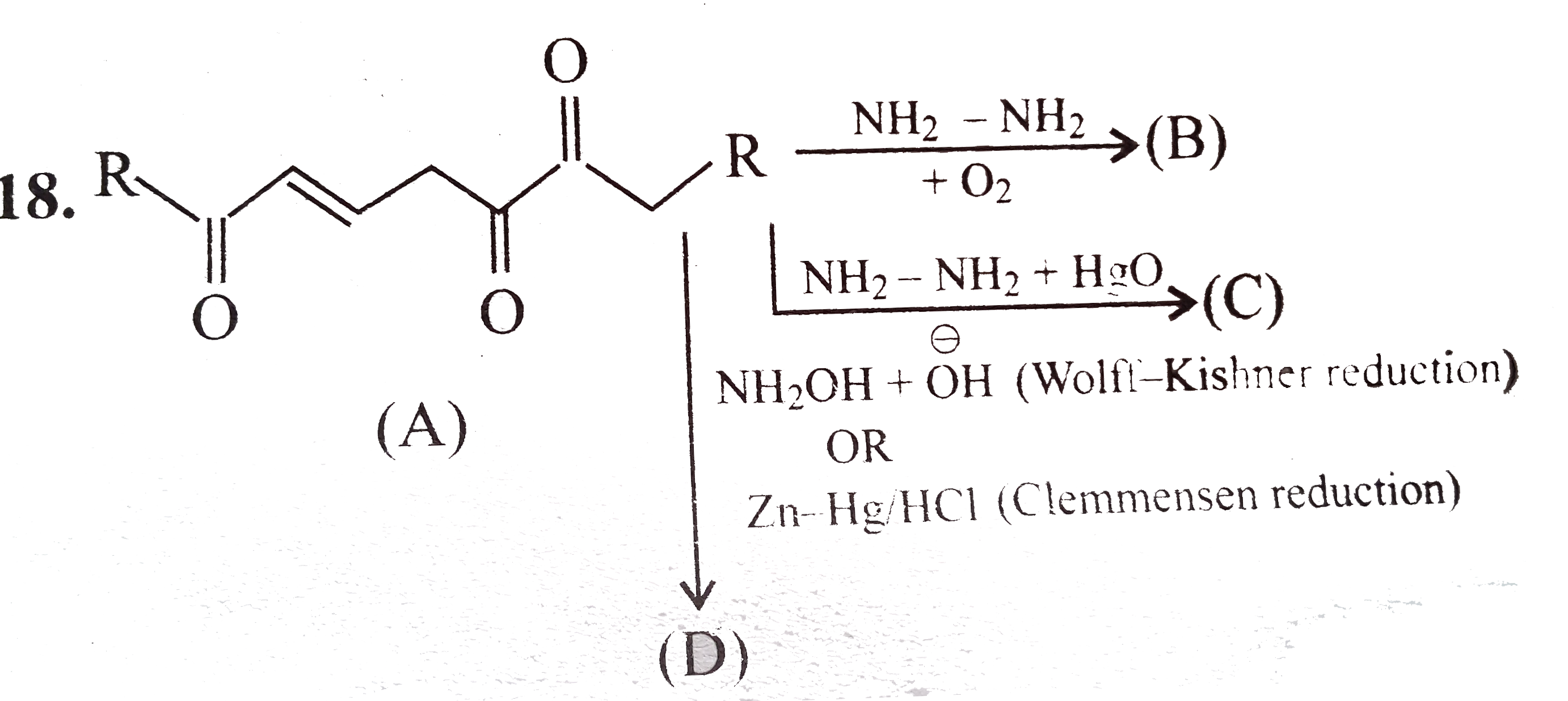Critical temperatures for A, B, C and D gases are 25∘C,10∘C,−80∘C and 15∘C respectively. Which gas will be liquefied more easily ?
A
B
C
D
The correct Answer is:A
To determine which gas will be liquefied more easily based on their critical temperatures, we can follow these steps:
Step 1: Understand Critical Temperature
The critical temperature (Tc) is the temperature above which a gas cannot be liquefied, regardless of the pressure applied. The higher the critical temperature, the easier it is to liquefy the gas.
Step 2: List the Critical Temperatures
We have the following critical temperatures for the gases:
- Gas A: 25°C
- Gas B: 10°C
- Gas C: -80°C
- Gas D: 15°C
Step 3: Compare the Critical Temperatures
Now, we will compare the critical temperatures of the four gases:
- Gas A: 25°C (highest)
- Gas B: 10°C
- Gas C: -80°C (lowest)
- Gas D: 15°C
Step 4: Identify the Gas with the Highest Critical Temperature
From the comparison:
- Gas A has the highest critical temperature (25°C).
- Gas B is next with 10°C.
- Gas D follows with 15°C.
- Gas C has the lowest critical temperature at -80°C.
Step 5: Conclusion
Since gas A has the highest critical temperature, it will be liquefied more easily compared to the other gases.
Final Answer: Gas A will be liquefied more easily.
The critical temperature (Tc) is the temperature above which a gas cannot be liquefied, regardless of the pressure applied. The higher the critical temperature, the easier it is to liquefy the gas.
We have the following critical temperatures for the gases:
- Gas A: 25°C
- Gas B: 10°C
- Gas C: -80°C
- Gas D: 15°C
Now, we will compare the critical temperatures of the four gases:
- Gas A: 25°C (highest)
- Gas B: 10°C
- Gas C: -80°C (lowest)
- Gas D: 15°C
From the comparison:
- Gas A has the highest critical temperature (25°C).
- Gas B is next with 10°C.
- Gas D follows with 15°C.
- Gas C has the lowest critical temperature at -80°C.
Since gas A has the highest critical temperature, it will be liquefied more easily compared to the other gases.
Similar Questions

(B), (C), and (D), respectively, are
View SolutionThe critical temperatures of carbon dioxide and methane are 31.1∘C and −81.9∘C, respectively. Which of them has stronger intermolecular forces and why?
View SolutionGases possess characteristic critical temperature which depends upon the magnitude of intermolecualr forces between the gas particles, critical temperatures of ammonia and carbon dioxide are 405.5 K and 304.10 K respectively. Which of these gases will liquefy first when you start cooling from 500 K to their critical temperature ?
View SolutionCritical temperature for carbon dioxide and methane are 31.1∘C and −81.9∘C respectively. Which of these has stronger intermolecular forces and why?
View SolutionThe essential conditions for liquefaction of gases were discovered by Andrews in 1869 as a result of his study of pressure-volume-temperature relationship for CO2 . It was found that above a certain temperature, it was impossible to liquefy a gas whatever the pressure was applied. The temperature below which the gas can be liquefied by the application of pressure alone is called critical temperature (Tc). The pressure required to liquefy a gas at this temperature is called the critical pressure (Pc). The volume occupied by one mole of the substance at the critical temperature and pressure is called critical volume. Critical constants are related with van der waals' constant as follows:
Vc=3b,Pc=a27b2,Tc=8a27Rb
The values of critical volumes of four gases A, B, C and D are 0.025L, 0.312L, 0.245L and 0.432L respectively. The gas with larger molecular diameter will be :
View SolutionEqual masses of three liquids A, B and C have temperature 10∘C,25∘C and 40∘c respectively. If A and B are mixed, the mixture has a temperature of 15∘C. If B and C are mixed, the mixture has a temperature of 30∘C, if A and C are mixed will have a temperature of
View SolutionEqual masses of three liquids A, B and C have temperature 10∘C,25∘C and 40∘c respectively. If A and B are mixed, the mixture has a temperature of 15∘C. If B and C are mixed, the mixture has a temperature of 30∘C, if A and C are mixed will have a temperature of
View SolutionThe temperatures of equal masses of three different liquids A, B and C are 15∘C, 20∘C and 30∘C, respectively. When A and B are mixed their equilibrium temperature is 18∘C. When B and C are mixed, it is 22∘C .What will be the equilibrium temperature when liquids A and C are mixed
View SolutionThe critical temperature (Tc) and critical pressure (pc) of CO2 are 30.98∘C and 73 atm respectively. Can CO2(g) be liquefied at 32∘C and 80 atm pressure ?
View SolutionConvert the folowing temperature to the kelvin scale.
(a) 25∘C (b) 373∘C.
View Solution
